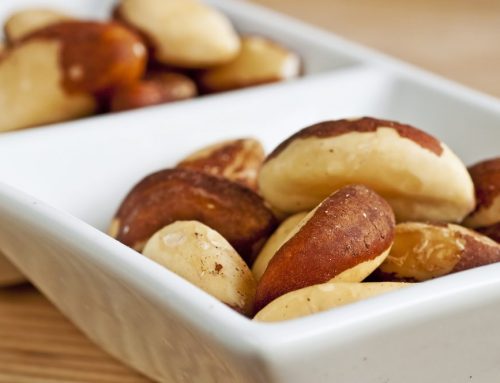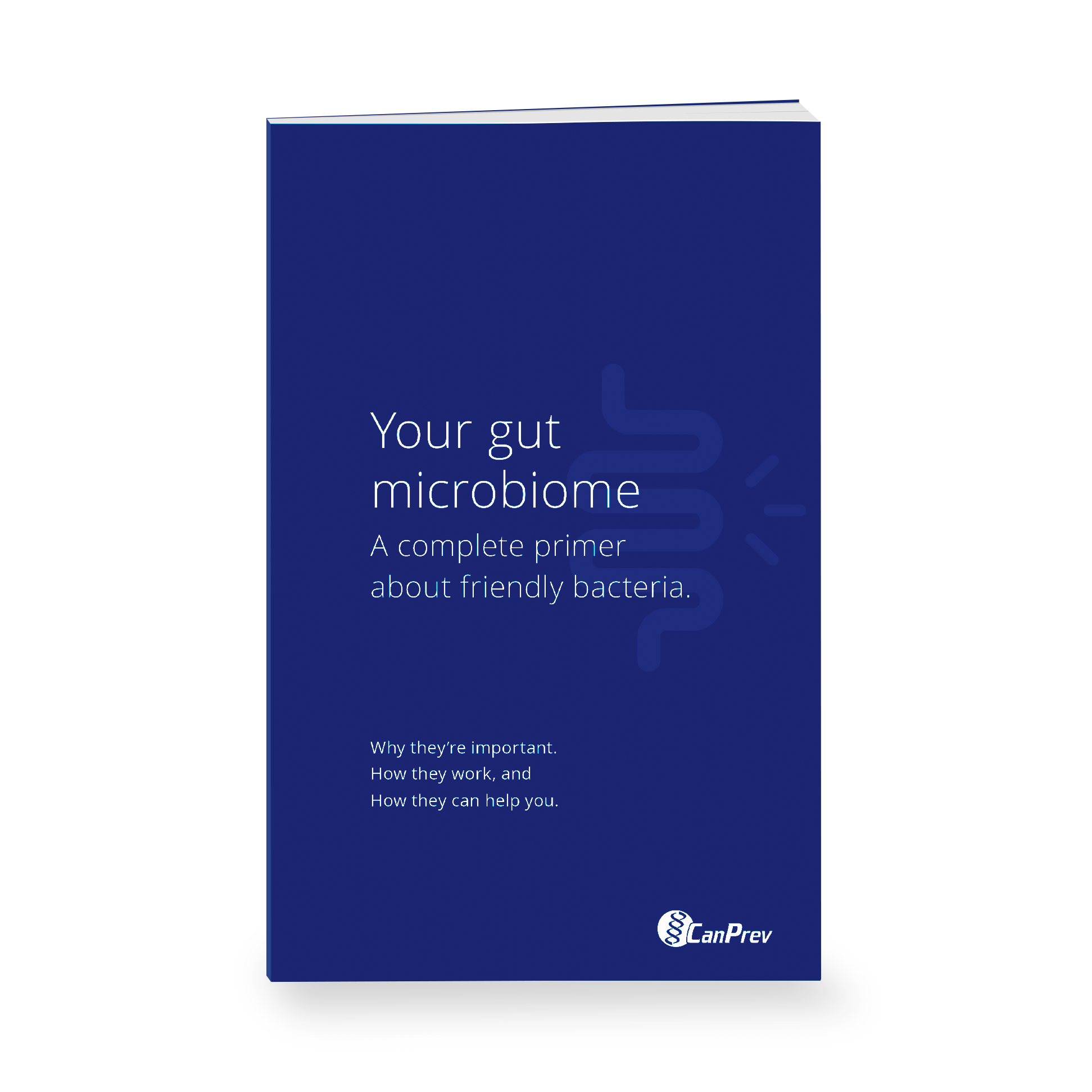What do belly breathing, alternate nostril breathing, singing, chanting, deep slow breathing (DSB) and other forms of resistance breathing all have in common? Interestingly enough, incorporating one or more of these types of breathing at the first sign of pain can greatly help with providing relief.
As correlations are now being made between maladaptive biological memories and changes in tissue and nervous systems, as well as chronic conditions like fibromyalgia, PTSD and joint and nerve pain, the connection between breathing techniques and healing mechanisms are becoming more widely accepted.
Medical doctors, neuroscientists, sports therapists and health professionals everywhere are now discovering the immeasurable healing effects that deep breathing practices can have on clinical and ongoing chronic pain.
An inside look at pain
The stress response that is activated when we experience trauma or stress for short or long periods of time can manifest sensations in the tissues and eventually in the nerves themselves.
When this happens, allodynia, the term used to describe pain produced by an innocuous stimuli, rises. Wherever these changes in tissue occur, small fibres of the periphery nerves learn to respond to non-painful stimuli and perceive them as hurtful.
We know that with chronic pain, the stimuli does not have to be present for pain to be felt. In the case of neurological pain, like shingles, multiple sclerosis, phantom limb pain, diabetic neuropathy and fibromyalgia, pain can be felt inconsistently depending on how and when the patient moves and where the pain is located.
The effects of chronic pain
It’s important to mention that not all pain is bad; we need acute pain to act as a physiological warning sign. Chronic pain, however, which is often associated with inflammatory diseases like arthritis and cancer, is a more complex concept.
The inflammatory response launched by a stressed nervous system creates a cascade of events that further harm our biological portfolio and change the chemistry of our tissues.
When tissue is damaged, nerve fibres are affected, too. The body is able to sense tissue damage when destroyed cells release chemical substances like prostaglandins and histamines, which adds to the stress load of our body’s biological terrain.
Cells, membranes and enzymes are destroyed, basically creating disaster at a cellular level that affects our terrain, sometimes permanently.
Biochemical individuality plays a huge role in chronic pain, and we all have a unique portfolio based on our past experiences that make pain subjective, and for the most part, healing methods as well.
Breathe deep for best results
Deep breathing results in greater oxygen and nutrient delivery because air is drawn deep into the pockets of the lungs, which is where the greatest amount of blood flow occurs. As a result, there may be an increase in energy levels and an improvement in stamina during physical activity.
There are also times when severe pain can bring on fatigue; short chest breaths from living in an anxious or fight-or-flight state can lead to the fatigue of ischemic tissue. When the breath is slowed and deepened, ischemia may disappear and blood supply may be restored.
When tissue becomes less acidic, nutrients become more accessible, energy levels increase and the stress response system becomes more resilient, leaving the sufferer with less wear and tear on the body and an overall more flexible cardiovascular system.
It’s not just our lungs that can benefit from deep breathing
Neuroanatomist Bud Craig developed a theory based on interoception, which explores whether internal organs and tissues have their own feelings that create sensations.
He hypothesizes that since sensations travel from the body up to the brain through the vagus nerve, perhaps our organs can experience feelings of anxiety, stress, exhaustion and pain, too.
If this is true, then maybe our organs and internal body can benefit from a deep breathing practice just as much as our minds would.
Revisiting the ancient art of deep breathing to manage pain
Throughout history, many great healers focused on breathing techniques and realized the power that the respiratory system has on our health. Any dedicated yogi or yogini will point out the great difference between breathing and conscious deep breathing.
Breathing deeply and consciously offers us a chance to seek clarity, be present, steady the mind, sway our perception, and heal by means of changing tissue pH at a cellular level, thereby decreasing inflammation and restoring balance to our nervous systems.
Skeptics may say that we have been breathing our whole lives and techniques such as diaphragmatic breathing or Lamaze breath act simply as distractions. Even if this is true, anyone in real pain will tell you that it’s still better to participate in the breathing exercise rather than focus on the pain itself.
It’s also interesting to note that babies, whose brains and emotional and cognitive abilities haven’t yet fully developed, breathe more deeply than adults. They’ve got the hang of deep breathing, naturally!
As effective as taking a pill?
We have endogenous mechanisms in our bodies that help us to manage pain, like our large peripheral nerves and our opioid systems, which involve endorphins.
It’s thought that deep breathing may have an effect on increasing one’s production of endorphins, which may help block nerve cells from releasing pain signals to the brain and provide some relief when experiencing acute or chronic pain.
A simple deep breathing exercise for you to try
Here’s an extremely simple breathing technique that can be done almost anywhere: Take a large, exaggerated breath from deep in the belly. Count to five, inhaling through the nose and count to five again on the exhale, blowing out through the mouth. Try to lie in a supine position, if possible. Complete five sets, five to 10 times a day for best pain relief results.
Experiment with different breathing techniques; there are a wide range of practices offered, so suggest they find one that’s comfortable for them and prescribe it as a daily ritual.
Deep breathing not only brings relief from mental, emotional and physical pain, but can also improve mental and physical performance, increase blood flow and reduce tension in the body and mind.
Jenna Mangan is a fitness buff, yoga instructor and Certified Nutritional Practitioner from Toronto. She is also a CanPrev brand ambassador.
Have you, or someone you know, dealt with chronic pain? Has deep breathing ever been a part of treatment? Has there been any success? We want to know! Share your stories with us in the comments below, or contact us!







Leave A Comment